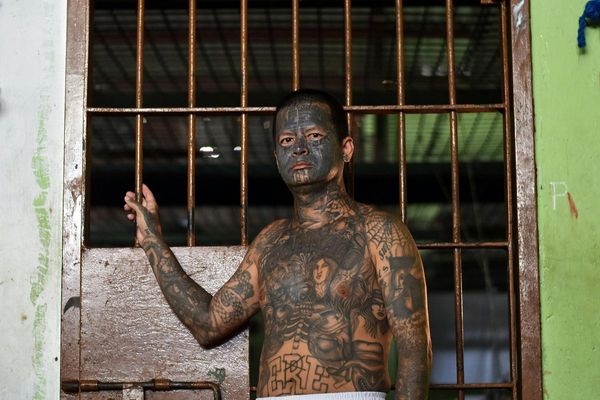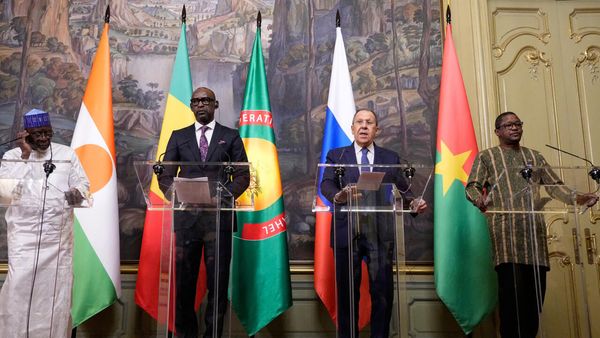If you've never voted before, a federal election can seem overwhelming and a little bit confusing.
But it is important. It sets the country's direction for the next three years, and the decisions made during that time affect us all.
Sometimes politicians and other commentators use language that is complicated or technical.
This is your guide to what it all means.
How do I vote?
To vote, you'll need to be 18 and an Australian citizen and registered with the Australian Electoral Commission.
For more info on postal voting and how to vote in each house, check out our detailed guide for voting.
Does my vote matter?
Your vote is your most direct way of affecting Australian politics, so it matters enormously.
While each individual vote is one of about 100,000 in each electorate — or seat — some of Australia's elections have come down to just a handful of votes.
Clive Palmer, Queensland mining magnate and one of Australia's richest people, was first elected in 2013 on a margin of just 53 votes.
Right now, the Coalition of the Liberal and National parties hold 76 lower house seats out of a possible 151. In other words, their majority is slim.
Marginal seats are often the focus of elections because if one side can change enough votes in one specific area, they can pick up enough seats to form government.
Unlike in some other countries, we also have something called preferential voting.
When the votes are tallied, the candidate with the fewest first-preference votes (number one votes) is struck out, and each first preference vote for that candidate is then given to the voter's second preference.
This process continues until one candidate has a majority.
In that way, no vote is wasted.
Who are the main political parties?
Australian politics has been mainly focused on parties, which organise resources to campaign, represent different groups and make laws.
The Labor Party arose out of workers' union movements in the late 1800s.
The Liberal Party formed out of several non-Labor parties after World War II.
The Country party — now the National Party — was formed in 1920 to represent rural Australians.
The Australian Greens was formed in the early 1990s hoping to achieve better protections for the environment.
Other parties including One Nation and the United Australia Party have also been formed in the past few decades.
Any politician who does not belong to a political party is an independent.
What's a coalition?
A coalition is when two or more parties get together to form government.
The Liberal Party and National Party are in a longstanding coalition. Usually, the Liberals need the Nationals to give them the seats to govern by themselves.
The Coalition agreement that governs how the Liberals and Nationals work together is renegotiated every time there's a change of leader but it is kept secret.
In 2010, negotiations between the Greens and the Labor Party also led to the two parties working together to form Government.
How can I vote for the prime minister?
You can't.
The leader of the party that forms government becomes the prime minister. The leader of a political party is picked by its elected members, not general voters.
That means the Australian voter does not directly vote for the leader of the country, they just get to choose which party forms government.
After a decade of frequent leadership changes, both major parties have introduced rules that make it harder to change leaders.
When you vote, you're voting to elect your local member. There are 151 electorates around the country and each one elects a member of parliament (MP) to sit in the lower house.
To win an election, form government, swear in a prime minister, and start passing laws, a political party first needs 76 elected members (or just over half the seats in the lower house) to hold a majority.
What are left and right wing?
Left wing and right wing are a simple way to think about the priorities of different kinds of governments.
Because governments only have a limited time in power, they have to focus on particular areas they want to change.
Left-wing and right-wing politicians have different views on how much the Government should tax and spend and how they approach social change.
The Coalition is considered centre-right while the Labor Party is considered centre-left.
The Coalition tends to back social change taking place incrementally, whereas the Labor Party and especially the Greens, who are further to the left, believe change needs to happen more quickly.
The terms left and right are a cultural hangover from the French Revolution in the 18th Century, where supporters of the king sat on the right while revolutionaries sat on the left.
How are laws made?
When the election is done and dusted, the party that wins the lower house becomes the government and a prime minister is sworn in.
That means they can get down to the business of making laws that affect us all.
The policies a government takes to election often become bills — basically a proposal to change or write a new law.
For a bill to become law, it must pass both the upper and lower houses of Parliament, and there are multiple chances to debate and change the legislation before it's passed or rejected.
But it's rare for one party to control both houses, which is where the deal-making of politics comes into the picture.
Sometimes the details of those deals are public or obvious. Other times, they are kept secret.
A well-known example of this was when the Opposition managed to pass medical evacuation laws to get asylum seekers and refugees out of offshore detention centres.
The Government then made a secret deal with Senate independent Jacqui Lambie to repeal the law.







